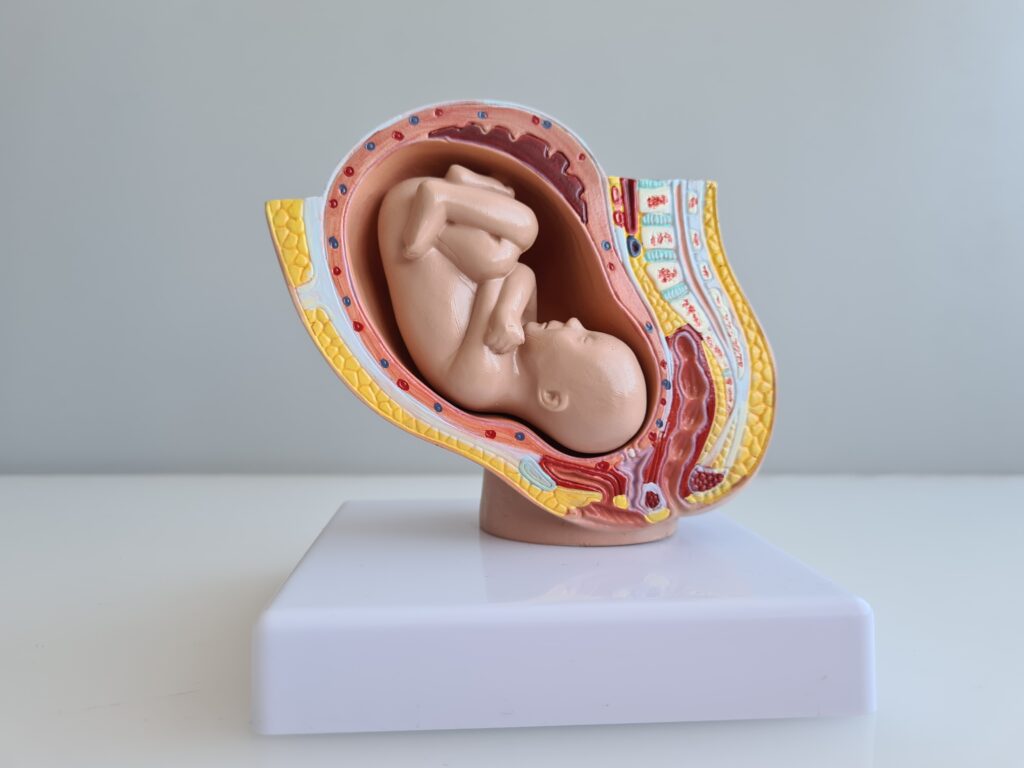
Polyhydramnios refers to an excess amount of amniotic fluid surrounding a fetus in the uterus during pregnancy.
Symptoms:
Symptoms of polyhydramnios result from the excess accumulation of fluid, which can exert pressure on the uterus and neighbouring organs.
- Large fundal height (measurement of the uterus from the pubic bone to the top of the uterus)
- Swollen hands and feet
- Shortness of breath
- Heartburn and indigestion
- Difficulty sleeping
- Premature contractions or labor
Causes:
- Idiopathic (unknown cause)
- Maternal diabetes
- Fetal anomalies (abnormalities in the fetus)
- Maternal infections such as cytomegalovirus (CMV)
- Multiple gestations (twins, triplets, etc.)
- Rh incompatibility
- Placental abnormalities
Diagnosis:
Ultrasound examination to measure the amniotic fluid index (AFI) and fetal size
Maternal serum alpha-fetoprotein (AFP) test
Amniocentesis to analyze the amniotic fluid for fetal chromosomal abnormalities
Treatment:
In mild cases, treatment may not be necessary, and the condition may resolve on its own.
If there is an underlying medical condition, such as diabetes, treating that condition may help to alleviate the polyhydramnios.
If the excess fluid is causing symptoms such as preterm labor, shortness of breath, or abdominal pain, treatment may be necessary to prevent complications.
Treatment may include:
- Medications
- Drainage of amniotic fluid
Polyhydramnios is usually diagnosed through prenatal ultrasound examinations, which measure the amniotic fluid index (AFI). Treatment depends on the severity and underlying cause of polyhydramnios. Mild cases may require close monitoring, while more severe cases might require interventions to drain excess fluid, such as amnioreduction or amniocentesis.
It’s important to consult with a healthcare provider for a proper diagnosis and management plan if you suspect or have been diagnosed with polyhydramnios. They can provide personalized guidance and address any concerns you may have.


